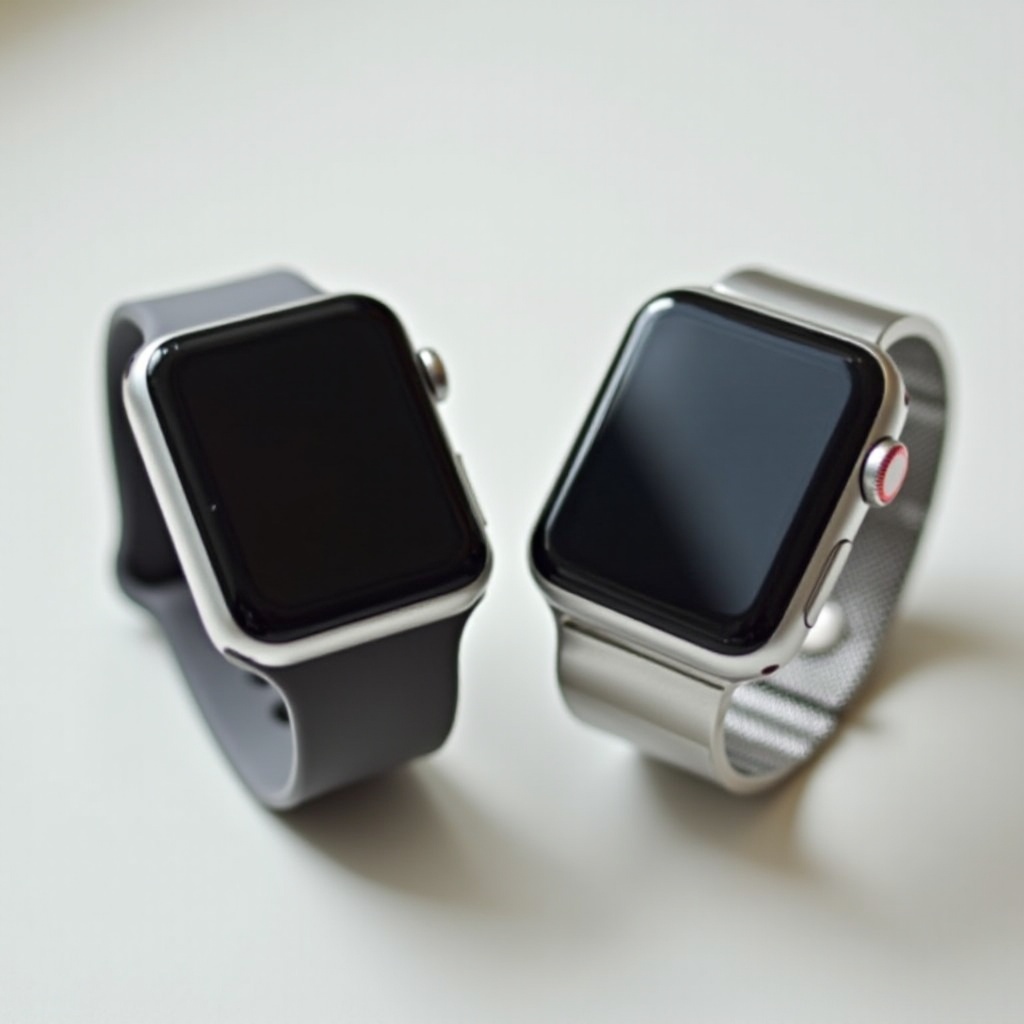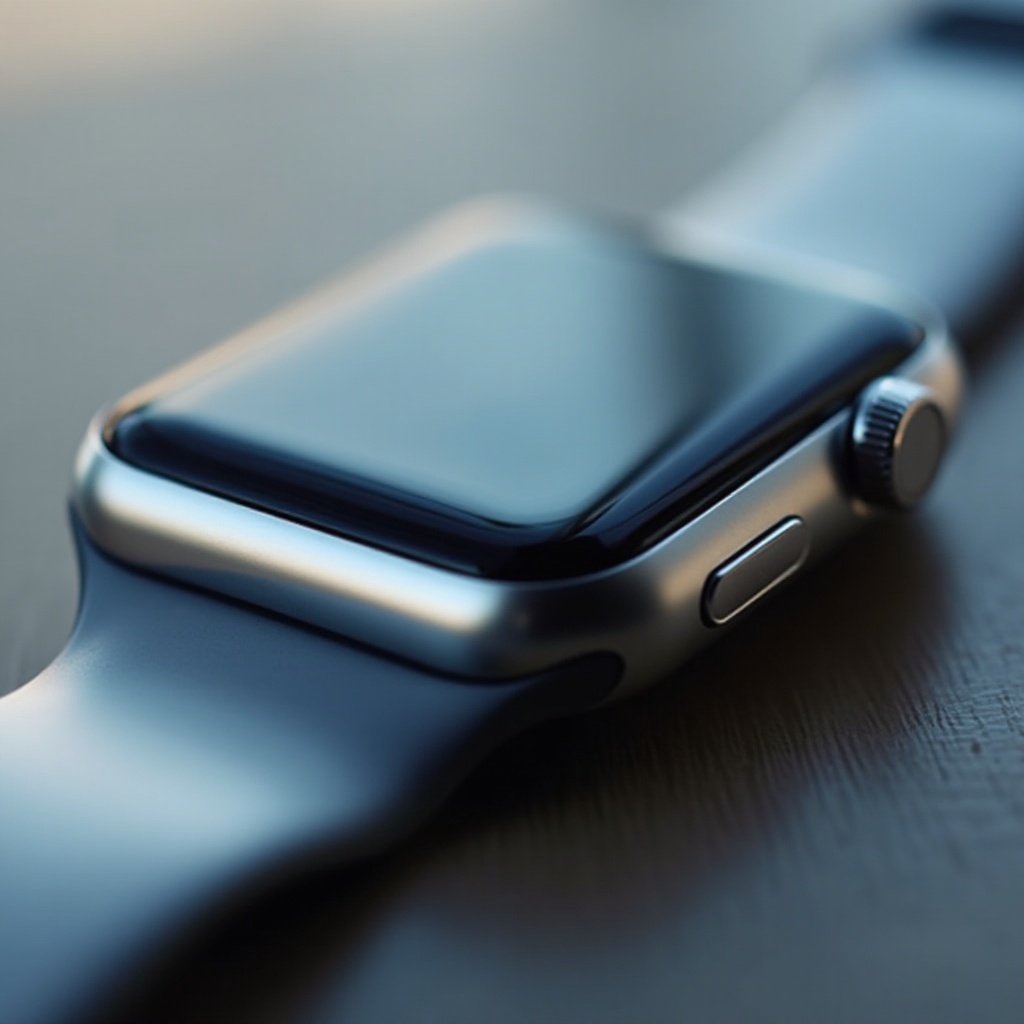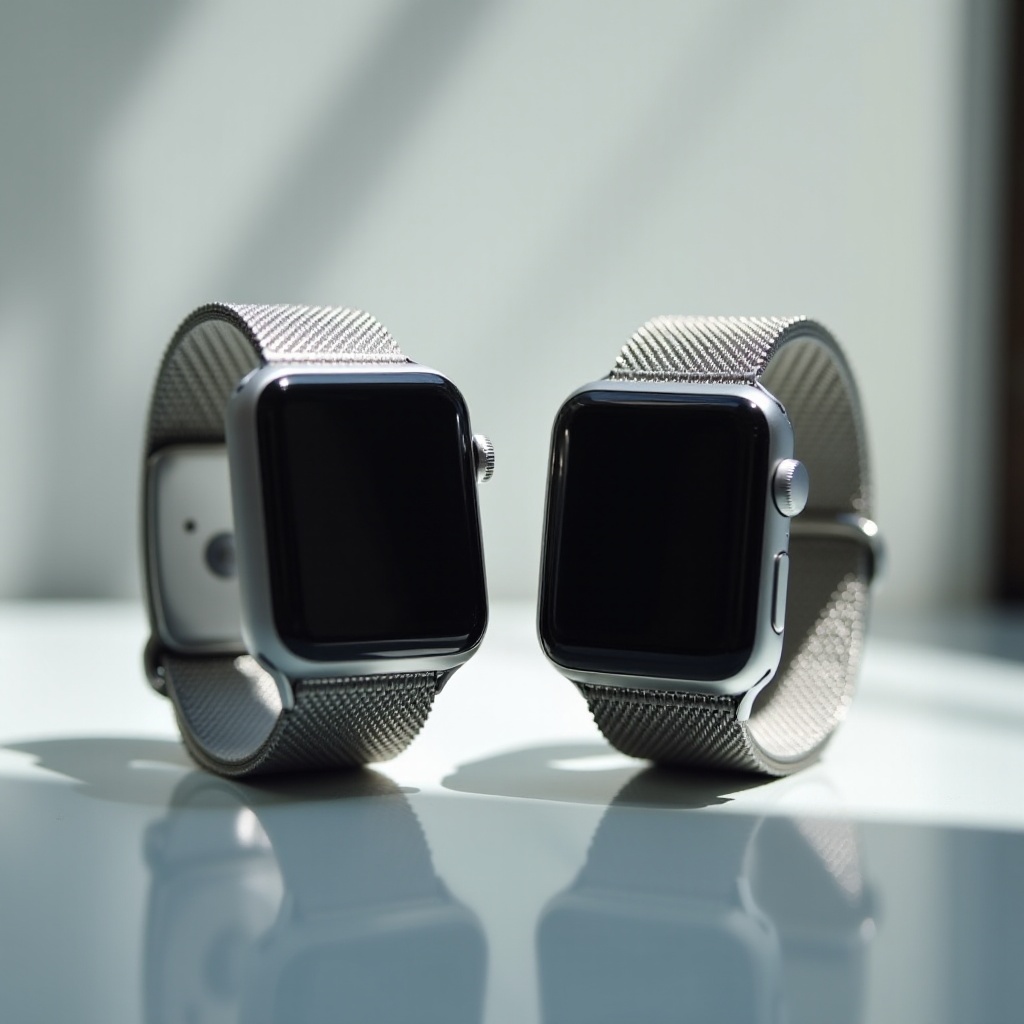Introduction: The Key Differences
In the dynamic world of wearable technology, the Apple Watch stands as a symbol of innovation and style. For prospective buyers, choosing between the Apple Watch models crafted from Aluminum and Stainless Steel involves more than a simple decision—it’s about selecting a timepiece that complements their lifestyle, aesthetics, and communication needs. The Aluminum Apple Watch is celebrated for its lightweight design and affordability, making it the ideal companion for active individuals who prioritize comfort and function. On the other hand, the Stainless Steel version excels in offering a luxurious feel and robust durability, combined with enhanced connectivity features. Understanding the nuanced differences between these models is crucial for making an informed decision, ensuring your selected watch aligns perfectly with your personal and technological needs.

Connectivity: The Stainless Edge
The Role of Connectivity
In today’s fast-paced, always-on-the-go society, connectivity has become a surrogate for convenience and efficiency. The Stainless Steel Apple Watch boasts an upper hand in this regard, primarily due to its built-in cellular capabilities. Unlike its Aluminium counterpart, which supports GPS-only, the Stainless Steel variant isn’t dependent on iPhones to connect to the network, allowing users to remain linked to their digital worlds independently. This capability translates into a seamless experience where essential tasks like receiving calls, sending messages, and using apps can be performed directly from your wrist without requiring your iPhone to be within arm’s reach.
Applications of Cellular Features
The applications of cellular connectivity in the Stainless Steel Apple Watch extend far beyond mere convenience. Imagine going for a run or cycling, deliberately leaving your iPhone behind, but still being able to stay in touch with your contacts and even stream your favorite music directly from your wrist. This independence is particularly advantageous for athletes or those engaged in outdoor activities, who benefit from being free of pocketed devices but remain reachable. Furthermore, business professionals who require uninterrupted communication during meetings or while traveling greatly benefit from this feature, effectively transforming the watch into a standalone communication hub.
Integrating Siri and maps, coupled with dictation capabilities, enhances the usability of the cellular model, thereby making mundane tasks simpler and efficient. For instance, spontaneous journeys are made easy, as users can effortlessly navigate using their watch, all while keeping their phones securely tucked away, possibly stowed safely in a bag or left in the office. It’s this blend of freedom and capability that justifies the distinction between these two watch models in terms of connectivity.

The Price Factor
When deciding on which Apple Watch to purchase, pricing naturally plays an influential role. The premium design and additional features of the Stainless Steel model come with a noticeable price bump compared to the Aluminum version. This cost difference reflects its opulent design, enhanced durability, weight, and crucially, its cellular connectivity. The question then arises: does the allure of a premium finish and autonomous functionalities outweigh the higher cost?
For many, the Aluminum Apple Watch represents a sensible and economically appealing choice, offering robust performance and core Apple Watch functionalities at a reduced cost. It captures the essence of what many need—a reliable, stylish smartwatch without the fiscal demand of the Stainless Steel option. Users keen on weighing technology’s value against their budget might find this a compelling reason to choose Aluminum.
Performance: A Dead Heat
Performance-wise, both Aluminum and Stainless Steel Apple Watches stand shoulder to shoulder, providing exceptional user experience indicative of Apple’s quality standards. Internally, these watches are nearly identical, sharing the same processor and displaying similar capabilities in terms of health-tracking functions, compatibility with apps, and overall responsiveness. Whether you opt for Aluminum or Stainless Steel, you receive a watch equipped with state-of-the-art technology designed to assist with both fitness and everyday tasks.
This parity ensures choosing between materials doesn’t compromise the performance experience. The watches include fantastic features such as heart rate monitoring, ECG, Fall Detection, and an array of fitness tracking options. They also connect seamlessly with other Apple devices, creating a cohesive and integrated digital ecosystem. Therefore, the decision between the two should focus on the aesthetic preferences, additional connectivity features, and budget considerations rather than performance disparities.

Summary
In summary, selecting between an Apple Watch crafted from Aluminum or Stainless Steel hinges on evaluating your lifestyle priorities, desired connectivity, and budget. The Aluminum models emerge as the ideal choice for users seeking an affordable, lightweight watch without the need for independent cellular capabilities. Conversely, the Stainless Steel version appeals to those valuing a luxurious finish alongside the flexibility granted by cellular connectivity, despite the higher price point. Ultimately, both models offer exemplary performance and a comprehensive suite of health features, ensuring that either choice provides a satisfying Apple Watch experience tailored to individual preferences and requirements. Making the right choice means reflecting on the balance between connectivity, cost, and design—each playing a crucial role in enriching your digital lifestyle.
What are the differences between Apple Watch aluminum and stainless steel?
The primary differences between the Apple Watch aluminum and stainless steel models lie in their materials, price, weight, and durability. The aluminum Apple Watch is crafted from lightweight, anodized aluminum, making it the more affordable and lighter choice. The screen is coated with Ion-X glass, providing decent scratch resistance. On the other hand, the stainless steel version boasts a more premium finish and is heavier. It is equipped with a sapphire crystal display which offers significant resistance to scratches. Additionally, the stainless steel case generally provides a more luxurious and robust aesthetic compared to its aluminum counterpart.
Is the stainless steel Apple Watch worth the higher price compared to aluminum?
Whether the stainless steel Apple Watch is worth the higher price depends on your priorities. If you value a more durable and premium-looking smartwatch, the stainless steel version may justify the cost. Its sapphire crystal and stainless steel construction enhance both its durability and aesthetics. However, for those who prioritize functionality at a lower price and prefer a lighter watch, the aluminum model provides excellent value while maintaining most features of the stainless steel variant.
Which is better for an Apple Watch: aluminum or stainless steel?
The choice between aluminum and stainless steel for an Apple Watch largely depends on personal preference and intended use. The aluminum model is ideal for active users or those preferring a lighter option, while the stainless steel version suits those who prioritize durability and a more refined appearance. Both models offer similar performance and functionality, so your decision should consider factors like budget, aesthetic preference, and lifestyle.
How does the weight differ between the Apple Watch aluminum and stainless steel models?
The Apple Watch stainless steel models are notably heavier than the aluminum models. The additional weight comes from the materials used: stainless steel is inherently heavier than aluminum. For example, the difference in weight can be approximately 10-20 grams, varying based on the specific model and size. This weight difference might be negligible for some users but can be significant for others who are sensitive to the feel of the watch on their wrist throughout the day.
What are the Reddit community’s opinions on Apple Watch aluminum vs stainless steel?
Opinions on Reddit regarding Apple Watch aluminum versus stainless steel models vary widely. Some users favor the aluminum version for its affordability, lightweight nature, and vibrant color options. Others appreciate the stainless steel variant for its high-end aesthetic and durable sapphire crystal. Discussions often highlight trade-offs between price and durability as a major consideration. Additionally, users commonly mention that personal taste and lifestyle heavily influence the ultimate choice between the two models. It’s clear, however, that both variants have their own loyal followings within the Reddit community.
